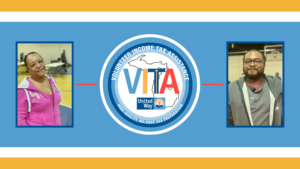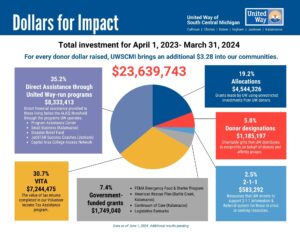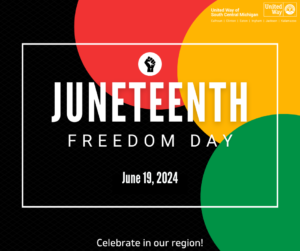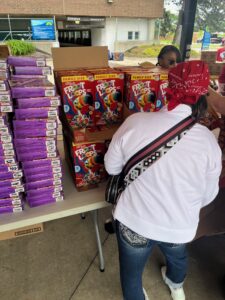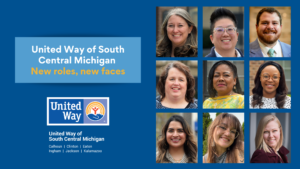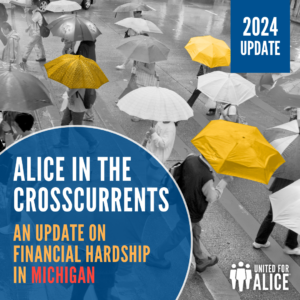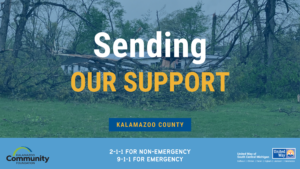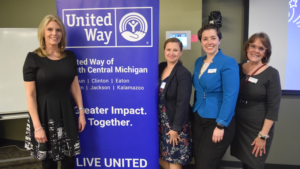Writing can be scary. Sharing that writing with others can be even more nerve-wracking.
But in one special classroom at Maple Street Magnet School for the Arts, sixth-graders learn how to overcome that fear.
The RAWK Writers’ Room (RWR), a program of Read and Write Kalamazoo, aims to help students improve their reading and writing skills while developing interpersonal skills that speak to social emotional learning.
“Our objective is to get them excited about the writing process and make it less scary,” said Holly Summerfield, a Western Michigan University education student and RAWK volunteer.
RWR is a partnership with Maple Street and WMU, funded in part by a one-year grant from United Way of the Battle Creek Region. The program ended its second year in June, serving two classrooms of sixth graders – about 55 kids. For the upcoming school year, RAWK staff plans to increase that number to serve more students and teachers, as well as expand to use the room as a resource for after-school homework support with a long-term writing project designed by students.
This past year, students in two classrooms were broken up into four groups of 12 to 15 students. Each group spent one session per week in the Writers’ Room. This model allows for RAWK staff and volunteers to give more individualized attention to each student, and also leaves their teacher with a smaller group to teach.
In the Writers’ Room, students don’t have the pressure of being graded on their work. They write for themselves, studying everything from poetry to comic book design.
“The pace of a regular classroom is so quick, and there’s not a lot of time to spend with one piece of work or to talk about your work over a length of time,” said Emily Kastner, executive director and co-founder of RAWK. “We teach students about investing time in the things that they write.”
Volunteers – many of them WMU education students – work closely with the students, giving them an opportunity to interact with community members who are not parents or teachers.
“I love our volunteers,” said Laura Citino, who leads the RWR sessions. “I think we have such a great group of invested and enthusiastic, but laid-back volunteers. They talk to the kids, they learn about their lives, but it’s while they’re working on all this writing stuff too, which is a really great combination.”
While the program is young, Kastner said the results have been encouraging. Students with access to the RAWK Writers’ Room have improved their test scores, and according to their teacher, she said, have become more confident in volunteering to share in front of their peers.
“They’re learning how to listen to each other without judgement. They’re learning how to share without fear,” Kastner said. “So that sort of social-emotional learning is happening, too. That’s hard to quantify in data. That’s the power of writing.”
For more information on Read and Write Kalamazoo, or to check out volunteer opportunities with the organization, visit their website or Facebook page.

RAWK Writers’ Room participants studied units on poetry, short stories and comic books this year.

